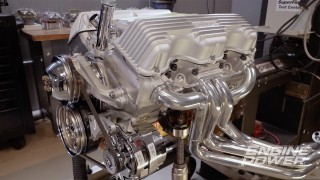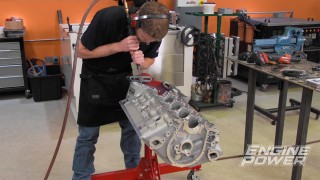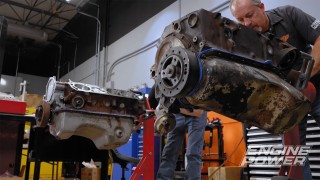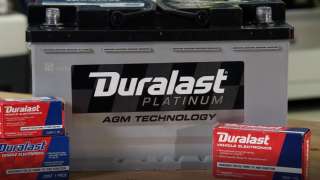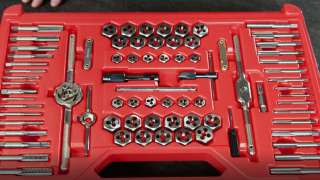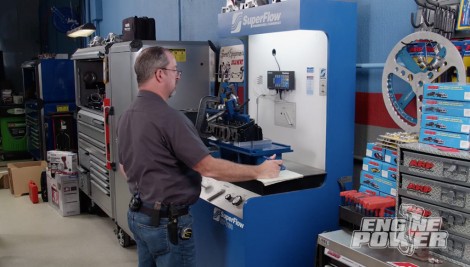
Back to Basics Part IV
We bring you straightforward information and tips to make your next engine build go quicker and easier!
Season 8
Episode 20
Hosts: Pat Topolinski, Frankie Forman
First Air Date: October 19, 2021
Duration: 21 minutes 35 seconds




